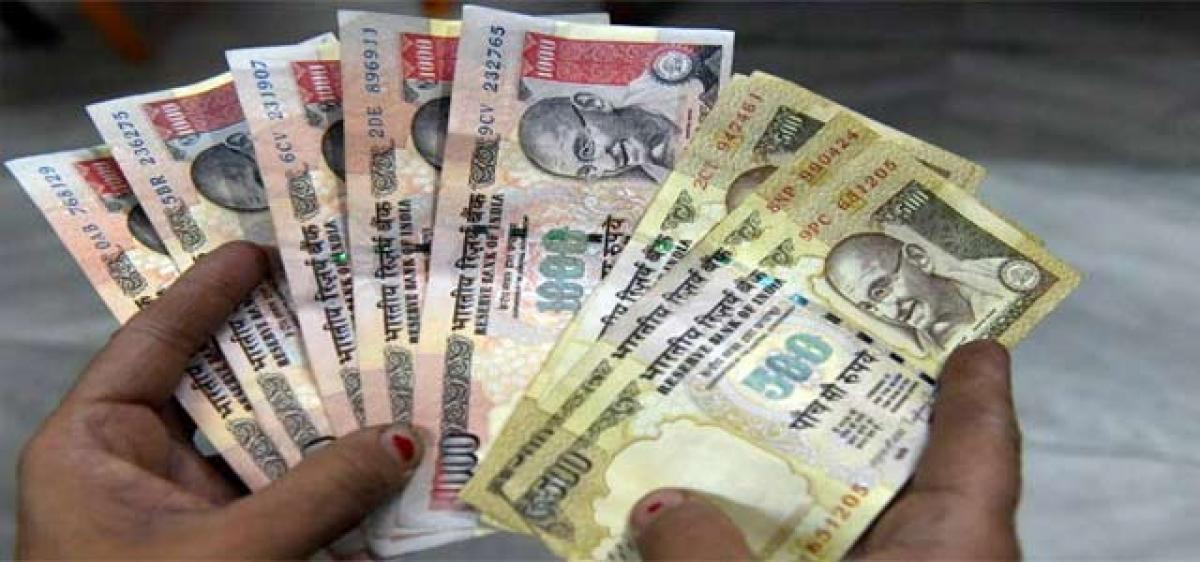Ill-planned & inept handling

Imbibing an aggressive nationalist spirit evoked over the black money, thanks to Modi’s excellent brand management skills, common people are ignoring the daily travails imposed on them for no fault of their own.
Imbibing an aggressive nationalist spirit evoked over the black money, thanks to Modi’s excellent brand management skills, common people are ignoring the daily travails imposed on them for no fault of their own.
There is no disruption of lavish weddings and expensive engagements. But, daily lives and livelihoods have been seriously impaired by an unprecedented and totally avoidable monetary contraction induced by the ill-planned and ineptly handled demonetisation.
The Government of India seems to have miserably failed in anticipating the disruptive potential of its measure.
Simple facts stare at the protagonists of demonetisation. Compared to the 1978 demonetisation, the Rs 500 and Rs 1,000 currency notes no longer represent the privilege of the affluent.
They have entered the daily transaction of even ordinary workers engaged in the informal sector. This is not because of significant change in the purchasing power of these Indians only; the inflation has eroded the real value of Indian rupee.
The 1978 demonetisation dealt with the currency notes of much higher denomination. The higher denomination currency notes constituted only a small chunk of the total cash in circulation at that time.
On the contrary, the withdrawn high value currency notes account for as high as 86 per cent by value of total cash in use now. It certainly takes several months to replace the withdrawn currency notes with new notes.
These simple facts missed out by the government and monetary authorities lead us to yet another simple and credible action plan to introduce demonetisation, leaving aside the debate on the merits and demerits of it.
The demonetisation action plan could have been as follows. Instead of introducing Rs 2,000 currency notes which would further strengthen the black money and counterfeit currency holders, the better option would have been introducing Rs 200 currency notes that would have spared commoner.
There should have been a patient, planned and well-executed long-term move to reduce the circulation of higher denomination notes and replace them with old and new denomination currency notes of lower value.
Black money is of two types. Black money generated through legitimate means becomes illicit wealth if it is not reported to tax authorities at the time of generation, circulation or destination.
This type of black money can be effectively targeted through a host of well-tested and well-accepted measures. For instance, checking undervaluation of assets to escape paying taxes could have prevented accumulation of black money and yielded more income to the government through taxes.
But, present ill-planned demonetisation has resulted in monetary contraction that could lead to artificial economic recession. This would in turn have a dampening impact on production and livelihoods of people.
The Robin Hood consciousness is converting people’s anger and frustration at the manner in which the demonetisation plan is executed into sympathy for the measure in general.
Yet, it’s unlikely that the demonetisation would make any significant dent on black economy. This is so because, as estimates suggest, cash constitutes only 6 per cent of the black economy and its masters have found multiple ways to change its color.
But if the demonetisation-induced recessionary trends in the economy become more perceptible, even as the brazen display of black economy continues, realisation would dawn on the people.
















